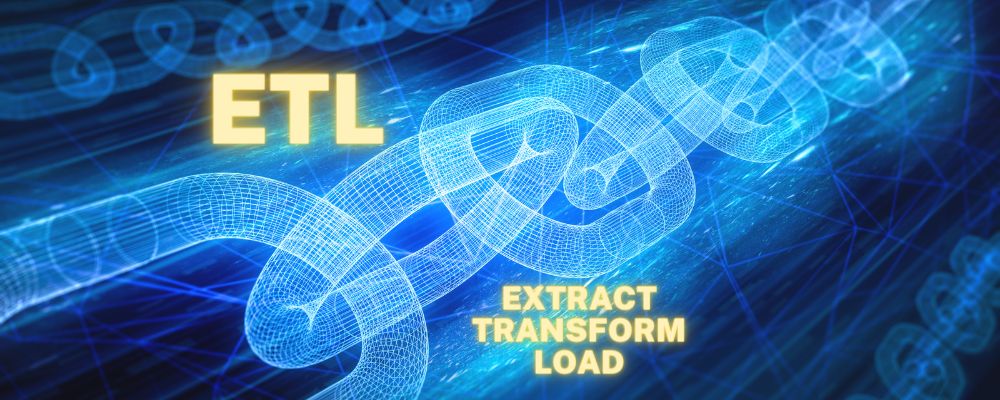ETL pipeline is an essential tool in the blockchain development process. It stands for Extract, Transform, and Load, which refers to extracting data from various sources, transforming it into a format suitable for analysis, and loading it into a target database or data warehouse. This article will discuss the ETL pipeline, how it helps in blockchain development in 2023, and the best practices for implementing it.
What is ETL Pipeline?
ETL pipeline is a set of processes used to extract data from various sources, transform it into a format suitable for analysis, and load it into a target database or data warehouse. The extraction process involves accessing data from various sources, such as web servers, databases, and applications. The transformation process involves cleaning, filtering, and converting data into a format that can be analyzed. The loading process involves inserting the transformed data into a target database or warehouse.
How does ETL help in Blockchain Development in 2023?
Blockchain technology is becoming increasingly popular in securing transactions and storing data securely. Developing a blockchain application involves collecting and analyzing large amounts of data, which can be time-consuming and resource-intensive. ETL pipeline can help streamline the process by automating data extraction, transformation, and loading, allowing developers to focus on building and deploying blockchain applications.
One of the key benefits of using an ETL pipeline in blockchain development is the ability to integrate data from various sources. Blockchain applications often require data from multiple sources, such as social media platforms, web servers, and databases. ETL pipeline can help bring this data together, making it easier for developers to analyze and use in their applications.
ETL pipeline also helps ensure the accuracy and consistency of data in blockchain applications. By automating the process of cleaning and transforming data, developers can avoid errors and inconsistencies that can result from manual data entry. This can help ensure data integrity in blockchain applications, critical for maintaining trust and security.
Best Practices for Implementing ETL in Blockchain Development
To get the most out of the ETL pipeline in blockchain development, it’s essential to follow best practices when implementing it. Here are some tips for implementing the ETL pipeline effectively:
- Choose the Right Tools: Many ETL tools are available on the market, each with strengths and weaknesses. Choosing a tool that meets the specific needs of your blockchain application.
- Design for Scalability: Blockchain applications are often complex and require large amounts of data. It’s essential to design your ETL pipeline to be scalable to handle large volumes of data as your application grows.
- Automate Where Possible: The ETL process can save time and resources, allowing developers to focus on building and deploying blockchain applications.
- Monitor and Optimize Performance: Monitoring and optimizing the performance of your ETL pipeline can help ensure that it runs smoothly and efficiently. This includes monitoring data quality, identifying and fixing bottlenecks, and optimizing data flows.
In conclusion, the ETL pipeline will be essential for blockchain development in 2023. By automating the process of extracting, transforming, and loading data, the ETL pipeline can help streamline the development process, integrate data from various sources, and ensure the accuracy and consistency of data in blockchain applications.
If you’re looking for a reliable and experienced service provider for the ETL pipeline, Arc10 Technologies Inc. is a great option. Our team of experts can help you design and implement an effective ETL pipeline for your blockchain application. Contact us today to learn more about our services and how we can help you with your ETL pipeline needs.


